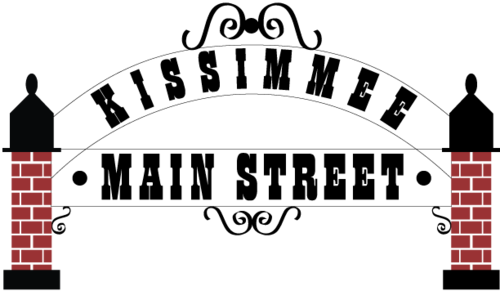Kissimmee History Timeline
Timeline :
Formation of the Kissimmee River, its first peoples, the first encounters with Europeans, and the close of Florida’s colonial eras.
-
A submerged plate formerly attached to northwest shoreline of what would become Africa rises from seas to become the Florida peninsula. Florida’s coastline enlarges and contracts with the rise and fall of the seas, at times reaching 150 miles farther out toes. Inland, the land becomes dry with scrubs, grass prairies, and savannas. Freshwater springs create Florida’s rivers and streams, and watering holes lure wild game. Former saltwater lakes and ponds washed with rains form the Kissimmee River.
-
By land and sea, Florida’s first peoples spread along the coast and across inland water ways, forming enduring cultures.
-
Early people begin growing corn from seeds brought to Florida from Mexico. A millennium of agriculture allows villages in Florida to grow larger, more stable and more complex with political and religious leaders living on shell mounds.
-
Floridians build canoes to travel the rivers to hunt and fish
-
Florida’s first people number as many as 350,000 before the first Europeans arrive.
-
Spanish Explorer Ponce de Leon stumbles upon Florida and claims it for Spain. Later, Hernando de Soto travels the Gulf Coast around Tampa Bay and ventures to what was thought to be Kissimmee River.
-
Escaped African slaves flee to native tribes.
-
Hernando de Soto slaughters native Floridians.
-
St. Augustine becomes the center of Spanish rule. They destroy Fort Caroline , forced Native Floridians into slavery, and Spanish religious beliefs, and massacres the French. Native Floridians die as a result of Spanish brought diseases and the surviving native Floridians flee to the wilds after.
-
East and West Florida colonies form after England and Spain trade goods from Cuba captured by Spaniards.
-
Britain loses territory to Spain and France after they declare war. Pensacola and the West Florida colony is obtained by Spain and France.
-
The loss of Charleston and Savanna leads the British to flee. As a result, the British begin to trade with Florida tribes. This persuades colonies from the West Indies to establish sugar cane , indigo plantation and other colonies. By this time the American Revolution has ended which left Spain in possession of Louisiana territory and East Florida.
-
$2 million is approved by the U.S. senate for purchase of Florida y plantation owners.
-
Miccosukee chief Emathla seeks safety in the wilds in a large lake they call Tohopekaliga or “fort site”. He brings his wife into the islands in which later she gives birth to twins; the boy names Coacoochee or “chief to be”. He was a fierce warrior. Andrew Jackson invades Florida during the first Seminole War. At that time, Spain signs Florida over and Florida then becomes a U.S. territory. King’s road joins Pensacola and St. Augustine forming Mosquito County.
-
During the Second Seminole War the military moves into Kissimmee Valley.
-
Florida gains statehood. Mosquito County becomes Orange County and Brevard county separates from Orange County.
-
Ranching, specifically Cattlemen influenced markets and trade in Kissimmee, St.John’s River, Spain, and Cuba.
-
A new settlement called Allendale is raised along Lake Tohopekaliga. This settlement was started by Former Confederated J. H. Allen.
-
Hamilton Disston purchases land. Lakefront becomes a trading post; producing more trade through steamboats and railroads. As the first railroad track was built right before. After this, the first post office opens. As Allendale continued to grow voters agree to incorporate the City of Kissimmee.
Citation: Robison, J. (2008). Prelude to 1883. In Kissimmee, 125 years of its people and progress (pp. 13–17). essay, Donning Co. Publishers.




